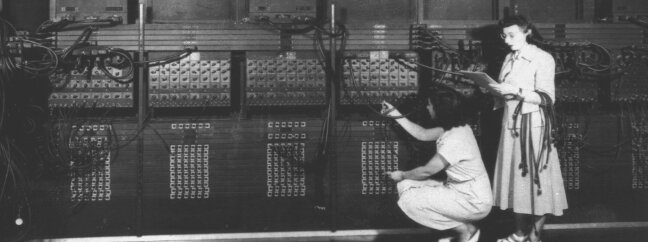Physical servers also have advantages - no kidding!

Virtualisation saves time, energy, hardware and money, it's dynamic, it's sexy, and if you're not virtualising, you're yesterday's news anyway. Or maybe not? There is definitely a case to be made for physical servers.
Virtualisation has been around for a good 50 years. But it has only really taken off since even inexpensive pizza-box-style servers had enough juice to host a few VMs in addition to the hypervisor. It is now so widespread that you'd be forgiveb for thinking that physical servers are no longer needed - except to host the hypervisor, of course. Almost true, but not quite. In fact, there are still a number of arguments in favour of physical servers today:
- Security: physical systems cannot be cloned, copied onto a USB stick and carried around in a trouser pocket. They also have no isolation problem that could compromise application security in the event of a breach..
- Complexity: Physical systems have no virtualisation layer to add complexity to the environment. They have no data storage volumes/guest file systems/virtual files that can be deleted/damaged/corrupted.
- Performance: Physical servers provide all of their resources and do not need to provide a virtualisation layer. The disc I/O of physical servers is still higher than that of virtual systems.
- Effort: The physical server operator does not need to learn how to operate the virtualisation layer.
- Cost: Physical servers do not require a licence for a virtualisation layer.
But let's not kid ourselves: The benefits of virtualisation are so great that physical servers only make sense for a few applications. For example, where perimeter systems are used to protect, monitor, secure or log into virtual systems. If there's a problem with the virtualisation layer and the perimeter systems are affected, you're pretty much lost.

